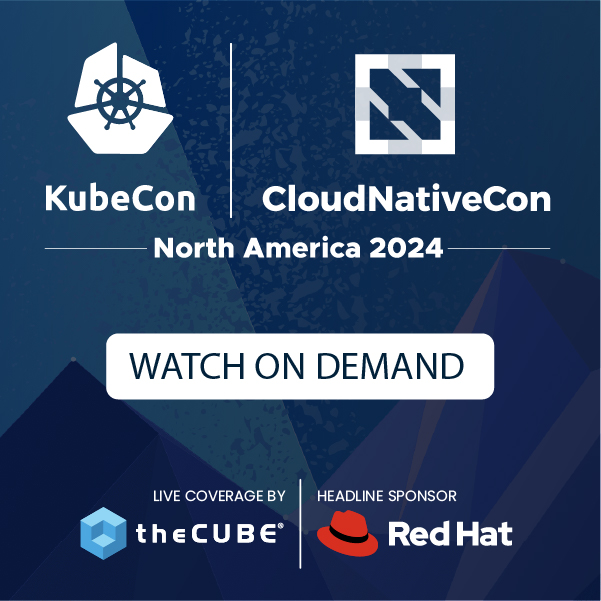Google Brain Drain Continues: Nirvanix Lands a New CTO
![]() Paul Froutan, the former head of global data center infrastructure at Google has joined cloud storage provider Nirvanix as its new CTO. Froutan, who resides in Houston, TX, spent four years at Google and was responsible for five of Google’s data centers, which reportedly cost around $500M each to build. According to sources familiar with his responsibilities at Google, the data centers managed by Froutan were based in North Carolina, South Carolina, Iowa, Oklahoma and Belgium.
Paul Froutan, the former head of global data center infrastructure at Google has joined cloud storage provider Nirvanix as its new CTO. Froutan, who resides in Houston, TX, spent four years at Google and was responsible for five of Google’s data centers, which reportedly cost around $500M each to build. According to sources familiar with his responsibilities at Google, the data centers managed by Froutan were based in North Carolina, South Carolina, Iowa, Oklahoma and Belgium.
While at Google, Froutan also had responsibility for the firm’s entire server fleet, which has been estimated to be more than one million units, or approximately two percent of the world’s installed servers. Prior to Google, Froutan worked at Rackspace where he was VP of engineering and oversaw the development of the Rackspace Cloud, which was born out of a skunkworks that developed the firm’s initial utility computing-based offering.
This is the second high-profile defection of a Google infrastructure pro this month as earlier in June, Vijay Gill, the person responsible for the Google Network, joined Microsoft. Competitors and startups covet technologists from Google because the Web giant runs one of the most advanced computer networks in the world. Google engineers are regarded as some of the smartest people on the planet with visibility to leading edge technology innovations in cloud computing and storage design.
As such, this senior management addition is considered a major coup for Nirvanix, a company that has pioneered cloud storage for the enterprise. Nirvanix was the first company to focus on the needs of enterprise customers and offer improved service levels and other enterprise features compared to public cloud providers such as Amazon. According to IDC, the cloud storage market will reach $7B in revenues by 2014.
Unlike traditional storage players such as EMC and NetApp, which sell physical hardware and software that must be purchased as a capital item, cloud storage companies offer storage capacity on a rental basis with a pay-as-you-go model that varies based on the amount of capacity used. This approach is appealing to organizations that want to avoid up front capital costs and paying for unused storage capacity.
Notably, the IT infrastructure at cloud-based companies such as Facebook, Zynga, Google and others, typically shuns traditional storage approaches that rely on controller-based RAID devices. Rather these firms prefer to use commodity server and storage technologies from companies like Dell or even so-called “white box” suppliers. For example, the backend infrastructure at Nirvanix uses no traditional storage arrays. Rather the infrastructure is built on commodity servers and high-density enterprise SATA drives that are directly attached to the servers. The architecture is “controller-less” using so-called JBOD (just a bunch of disks).
Cloud-based companies typically write software that manages the storage and provides a means of interconnecting the commodity devices. The Google File System takes this approach to provide fault tolerance and a globally distributed infrastructure running on low cost devices. Froutan’s experience at Google is relevant as the secret sauce behind Nirvanix is a similar approach, adapted for enterprise data.
The Nirvanix file system creates a global grid of interconnected nodes based on cheap disk devices. It retains and distributes multiple copies of data and provides a true global name space meaning whenever a file is requested, it will be served up from the nearest location, which optimizes performance. While other companies will often market this capability, true cloud-based global namespace functionality can be distributed across multiple data centers. For example, Isilon’s marketing claims to offer “a single pool of storage with a global namespace.” In reality, Isilon’s single pool of storage will operate only within a data center as opposed to the Nirvanix approach, which creates a logical pool across the company’s seven data centers.
The technology behind a true global namespace is non-trivial and most file systems don’t have the capability. In a true global namespace, multiple copies of files need to be maintained, the file system needs to know where the copies are located and it needs to keep track of updates. File versioning ensures that if a new file is uploaded and subsequently requested that the latest version is automatically served. Caching is used to optimize performance and a master copy needs to be maintained and protected in case something goes seriously wrong and a recovery needs to be performed.
This is how truly distributed file systems work. While the concept of distributed file systems is not new, traditionally the approach has not been widely adopted because remote computing has not been viewed as reliable—it’s been seen as too complicated with too many moving parts. Over the past twenty years, however, improvements in software, hardware and telecommunications bandwidth have increased system reliability by more than an order of magnitude. Whereas in the past, to make distributed computing work you’d need to install expensive dedicated lines and completely homogenous hardware throughout the network, today you can achieve this capability with commodity servers and storage and public IP networks.
With the advent of cloud computing, the use cases for this approach have exploded. Firms like Nirvanix have capitalized on this trend and added value beyond just storage. For example, the nodes in a Nirvanix cloud include management of the server infrastructure, load balancers and disk devices. These all communicate in a global grid which constitutes a single logical pool. The interesting thing about Nirvanix is that its file system can be layered on top of traditional hardware to create transparency across the network (i.e. a global namespace).
This is apparently the capability that attracted Froutan to Nirvanix. Regarding his joining the firm, he is quoted as saying:
“The company is the only service provider to own a Public Cloud Storage Network and deliver Private Cloud Storage nodes, enabling it to provide Hybrid, Federated Cloud Storage with complete network visibility, management and service level guarantees. I plan to expand upon this competitive advantage…
The implication is that his vision is to enable true hybrid cloud capabilities, which have been lacking to thus far in the marketplace. Importantly, the winners in the cloud services space today (Amazon, Google, Facebook, Apple) are using commodity storage, not traditional array boxes. What’s lacking from these companies is the reliability and service levels that are appropriate for enterprises.
The question is will these be constructed from traditional EMC, IBM, HP and NetApp array boxes or commodity server and storage devices running intelligent distributed file systems?
Put another way – are Amazon, Google and Facebook trendsetters or outliers? Well – they’re building IT infrastructure designed to serve hundreds of millions of users and manage billions of files. My bet is the big cloud guys are on the right track, using a commodity approach at scale. What they’re missing is they haven’t done a good job creating enterprise class service levels.
As an example – Amazon has announced a premium support service. That service is incredibly expensive and is essentially bolted on to the existing AWS service. The right way to provide premium service in the cloud is to bundle it into the monthly cost. The combination of commodity cloud and enterprise service levels is a market of growing importance and adding value at the intersection of those spaces is where Paul Froutan will be spending his time at Nirvanix.
What this space.
A message from John Furrier, co-founder of SiliconANGLE:
Your vote of support is important to us and it helps us keep the content FREE.
One click below supports our mission to provide free, deep, and relevant content.
Join our community on YouTube
Join the community that includes more than 15,000 #CubeAlumni experts, including Amazon.com CEO Andy Jassy, Dell Technologies founder and CEO Michael Dell, Intel CEO Pat Gelsinger, and many more luminaries and experts.
THANK YOU













